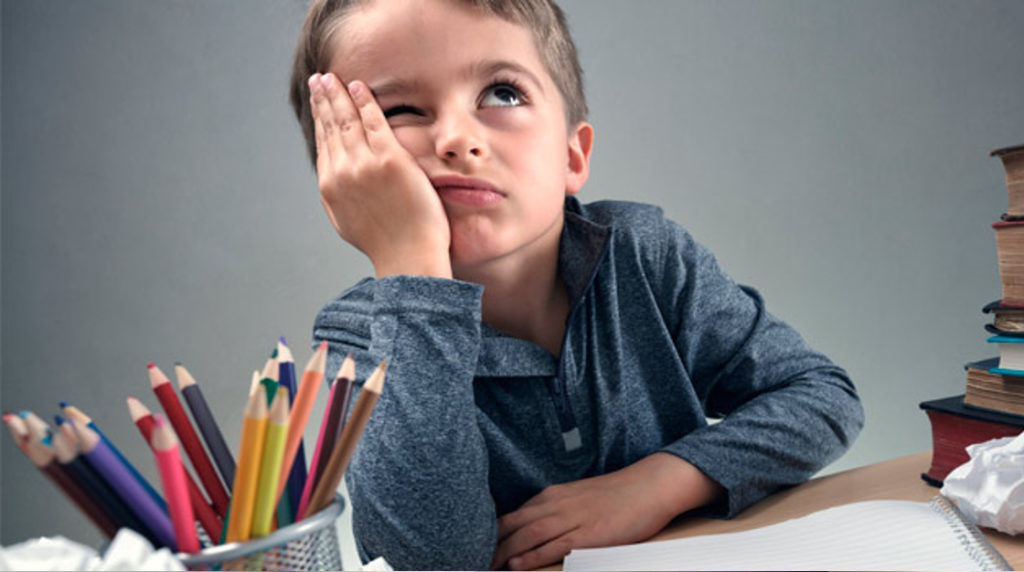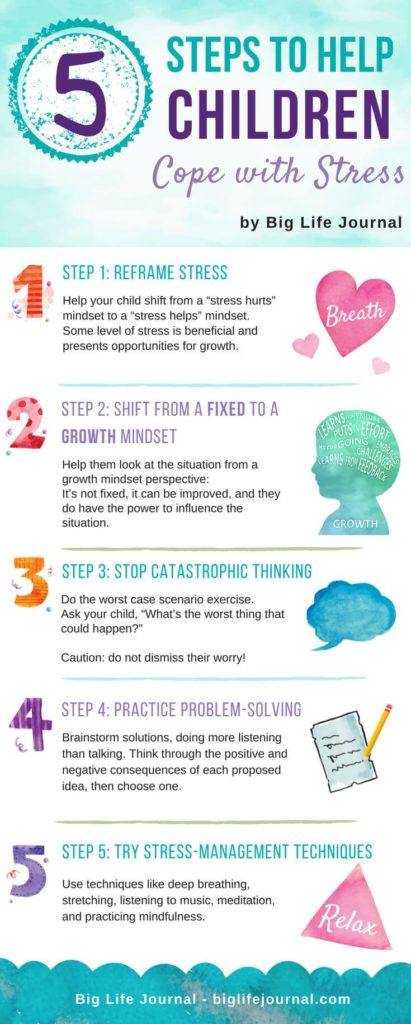Stressful situations in the classroom can be caused by various factors, such as personal problems, relationships with classmates, the specific needs of each student, their motivations, the free time they have available, etc. All these factors and more are the main causes of stress and anxiety that students can suffer.
HOW DO WE DEFINE IT?
Stress is a reaction of the organism that arises in situations of danger or that demands a very high level of performance from the person who suffers it. Some of its symptoms would be diarrhoea, headache, tiredness… Related to stress, but without being the same, is anxiety, which produces nervousness, panic, accelerated breathing and heart rate, among other symptoms. Both are critical elements that impede the correct development of the student when focusing on important tasks such as exams and, in turn, influence the results of these.
We must bear in mind that both alterations do not always manifest themselves with the same symptoms, as sometimes the stress that a student may suffer in an exam can be clearly seen, but on other occasions it may be camouflaged as a simple tummy ache, greater difficulty in learning, a more distracted or even aggressive attitude.
That is why we need to pay attention, especially during important exam dates, to the behaviour of our students in order to detect both aspects in time and treat them accordingly. As neurologist and former teacher Ken Schuster says, anxiety “tends to shut down the brain”, which makes school difficult for anxious children.
It is important as a first step to detect which situations provoke these types of symptoms in order to treat them so that students learn how to deal with the stress and anxiety they suffer, providing them with the necessary tools such as emotional management strategies and social development.

PROBLEMS WE MAY ENCOUNTER IN CLASS
When we see a student fidgeting in their seat and not paying attention, we tend to think of ADHD, but anxiety could also be the cause. This could lead to difficulties in ignoring the worrying thoughts that invade their brains and focusing on the lesson, which is why oftentimes, a student’s lack of attention in class or poor performance needs to be analysed in depth.
A lack of desire to go to school is also another trigger for the stress and anxiety that can be caused by simply going to school. The rates of children refusing to go to school tend to be higher after holidays or sick days, because children find it more difficult to return after a few days of absence.
When a child begins to doubt his or her abilities in a subject, anxiety can become a factor that hinders learning or the ability to show what he or she knows. Sometimes this can be misinterpreted as a learning disorder when it is really just anxiety. However, anxiety can also go hand in hand with learning disabilities. When some students begin to notice that something is more difficult for them than for other children, and that they are falling behind, it is understandable that they feel anxious. The period before a learning disability is diagnosed can be particularly stressful for children.

RECOMMENDATIONS AND TECHNIQUES
A fundamental point to improve anxiety and stress among pupils is to create a climate of security and calm within the classroom, thus working on the relationships between pupils themselves, encouraging mutual support and respect.
Relaxation techniques are also very necessary to show students how to learn to regain serenity and calm after a stressful or anxious situation.
Another aspect that influences the occurrence of this type of situation is the lack of organisation and time management. Many students are prone to leave everything to the last minute, or simply do not know how to organise themselves. It is important to offer organisational techniques to learn how to distribute and prioritise tasks.
Whenever there is a special need with a pupil, it is recommended to co-ordinate with both the family and the counselling team. This is especially important in these cases because school phobia develops very quickly. Once school avoidance or escape situations start to occur, recovery tends to be more complex.
It should be noted that these techniques can be used in a general way for the whole class, but it is important to spend time with each individual pupil, so that they feel safe and free to express what they feel and what distresses them. Dr Schuster points out that when children feel anxious in social situations, it is sometimes easier for them to show what they know when teachers ask them to do things individually, away from the group.

LAUGHTER, THE BEST ALLY!
Laughter is an excellent antidote to anxiety. What’s more, it has been shown that, even when you are not feeling well, you look well, your body generates a predisposition to feel better. Do you remember a time when you were crying but smiling at the same time? How did you feel immediately?
Well, there is a very effective routine that only requires a pencil. If you’re in a classroom, you’re sure to have no trouble getting your hands on one.
The routine consists of holding the pencil with your teeth horizontally, as if you were smiling. Try to hold the pencil in that position for at least fifteen seconds. What you do is get your brain to create the dopamine that makes you feel better, as well as relax your muscles and improve your breathing.



